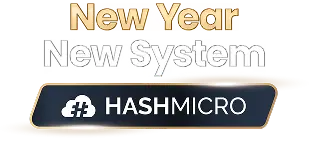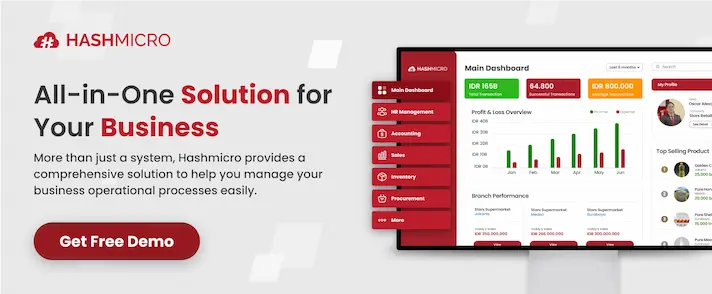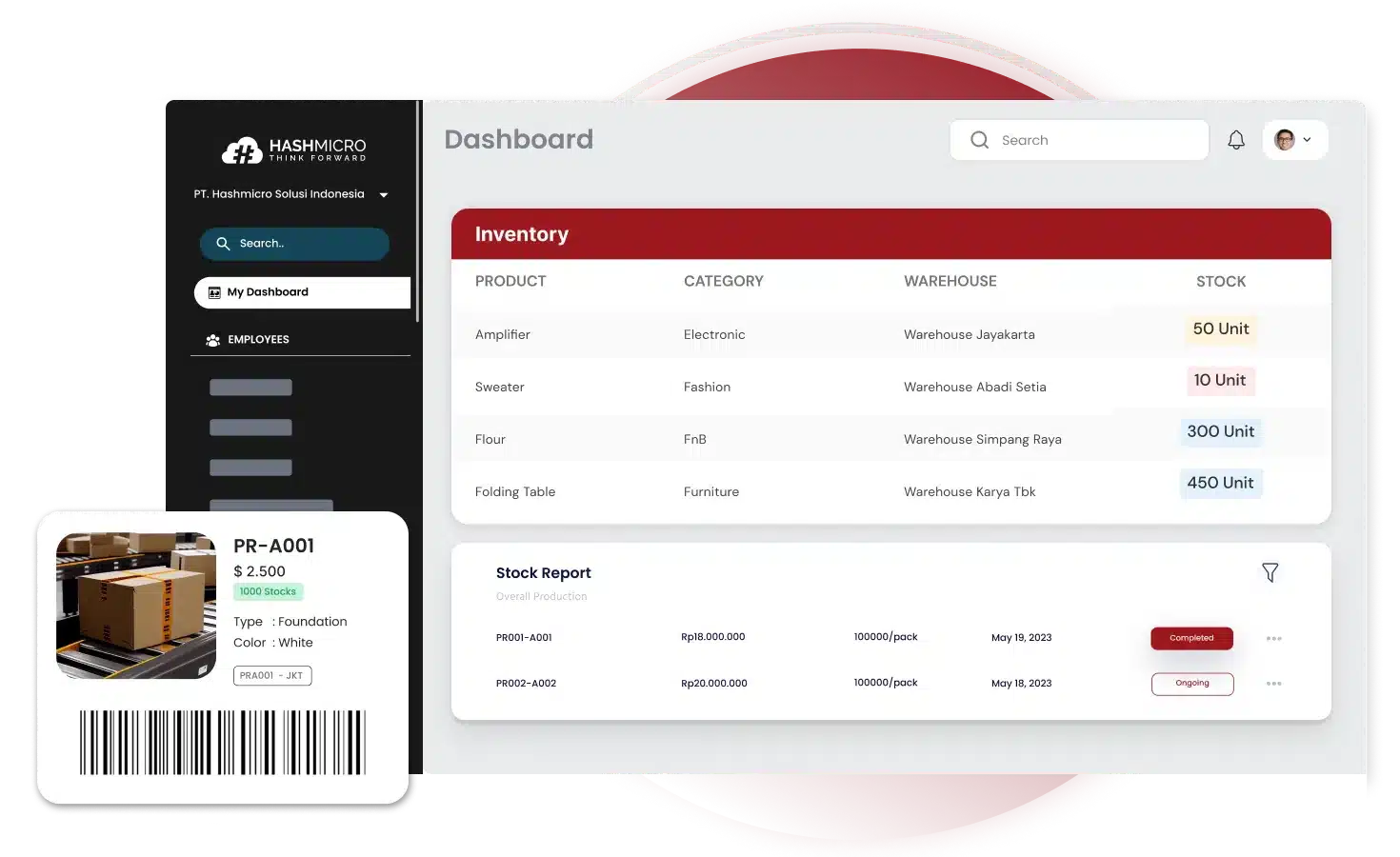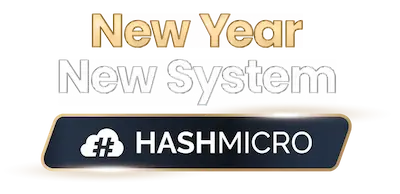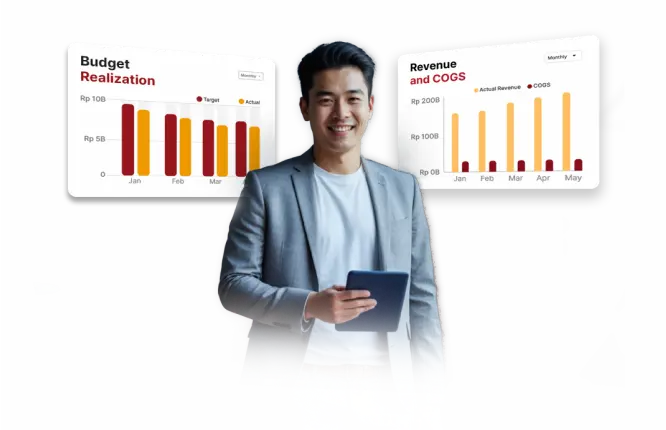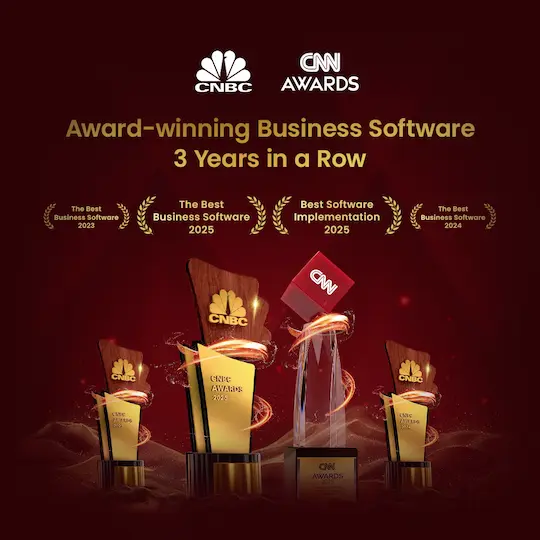Managing an end-to-end supply chain from raw materials to product delivery is a significant challenge for many businesses. Common issues include poor coordination, limited visibility, and fragmented processes that reduce efficiency.
Statistics show that around 79% of companies face supply chain disruptions due to insufficient system integration and disconnected information. These disruptions increase costs, reduce customer satisfaction, and delay product delivery to the market.
To address these challenges, HashMicro SCM offers an integrated technology platform that seamlessly manages the entire supply chain. It enables real-time monitoring from procurement to production to distribution with automated processes, helping companies optimize performance and minimize risks.
In this article, we will explore the definition of an end-to-end supply chain, its benefits for businesses, and how solutions like HashMicro SCM can be the key to successful modern supply chain management.
Key Takeaways
|
What is an End-to-End Supply Chain?
An end-to-end supply chain is the process of managing goods from raw material sourcing to final customer delivery. It integrates all stages seamlessly, ensuring smooth flow and real-time visibility throughout the supply chain.
This comprehensive view allows companies to better coordinate activities, reduce delays, minimize costs, and respond quickly to market changes or disruptions.
Implementing an end-to-end supply chain is essential, where agility and responsiveness determine competitive advantage. It enables organizations to fulfill demand reliably and optimize resources and reduce waste throughout the entire supply chain network.
End-to-End vs Traditional Supply Chain
While both end-to-end and traditional supply chains aim to deliver products to customers, their approach and level of integration differ significantly.
Traditional supply chains often operate in separate stages, where each function, procurement, production, warehousing, and distribution, works independently with limited data sharing. This can lead to inefficiencies, delays, and a lack of visibility.
In contrast, a full-cycle supply chain integrates every stage into one cohesive system. It focuses on real-time data, automation, and collaboration across all stakeholders, from suppliers to customers.
| Aspect | Traditional Supply Chain | End-to-End Supply Chain |
| Method | Sequential and silo-based processes | Integrated, technology-driven, and collaborative |
| Focus | Internal efficiency of each department | Overall performance and customer satisfaction |
| Data Visibility | Limited, often delayed | Real-time, accessible across the supply chain |
| Flexibility | Slow to respond to market or demand changes | Highly adaptable with quick decision-making |
| Risk Management | Reactive, problem-solving after issues occur | Proactive monitoring and preventive action |
| End Result | Inconsistent delivery times and higher costs | Consistent quality, faster delivery, and cost efficiency |
End-to-End Supply Chain Challenges
While an end-to-end supply chain offers significant benefits, implementing and maintaining it comes with its own set of challenges. Businesses must address these issues to ensure the system operates effectively and delivers the intended results.
1. Complex integration
Integrating multiple systems, partners, and processes into a single seamless flow can be technically demanding. Without proper planning and compatible technology, integration can lead to data inconsistencies and operational delays.
2. High initial investment
Transitioning from a traditional to a full-range supply chain model often requires substantial upfront costs for technology, infrastructure, and training. For some companies, these investments can be a barrier despite long-term benefits.
3. Data accuracy and security
Since end-to-end supply chains rely heavily on real-time data, inaccurate or outdated information can disrupt the entire process. Placing the decoupling point correctly becomes even more critical, as it determines how quickly demand signals are translated into actions. Additionally, increased data sharing across stakeholders raises the importance of cybersecurity and compliance.
4. Resistance to change
Shifting to a fully integrated system often faces resistance from employees or partners who are accustomed to traditional methods. Overcoming this requires strong change management and clear communication about the benefits.
What’s Included in End-to-End Supply Chain Management?
End-to-end supply chain management (E2E SCM) covers every stage of moving a product from conception to the customer’s hands. Here are the key components typically included:
- Procurement and Supplier Management: Selecting, negotiating, and managing relationships with suppliers to ensure a steady flow of quality raw materials at the right cost and time.
- Production and Manufacturing: Coordinating manufacturing schedules, quality control, and resource allocation to turn raw materials into finished goods efficiently.\
- Inventory Management: Tracking stock levels in real time to avoid overstocking or stockouts, using demand forecasting and automated alerts to optimize storage.
- Warehousing and Storage: Managing warehouse operations, including receiving, organizing, and preparing goods for shipment, with a focus on space optimization and fast retrieval.
- Order Fulfillment and Customer Service: Processing customer orders accurately, managing returns, and maintaining communication to ensure a smooth buying experience.
- Data Management and Analytics: Collecting and analyzing data from every stage to monitor performance, predict demand, and identify opportunities for improvement.
Best Practices for End-to-End Supply Chain
Maximizing the potential of an end-to-end supply chain starts with visibility, knowing what’s happening at every stage so you can take informed actions. Here are several best practices to achieve that:
1. Enable open information flow
Ensure that suppliers, internal teams, and even customers have access to relevant and up-to-date information. A well-connected network fosters transparency, trust, and collaboration, which can lead to stronger partnerships and higher quality outcomes.
2. Refine demand planning
Use accurate forecasting methods and real-time data to maintain optimal inventory levels. Excess stock increases costs and slows fulfillment, while shortages risk losing customers to competitors. Effective demand planning keeps operations lean while ensuring product availability.
3. Build a skilled and stable workforce
The efficiency of an end-to-end supply chain depends heavily on the people managing it. Invest in training, retain experienced staff, and create adaptable teams capable of responding quickly to market shifts or operational challenges.
4. Leverage automation and strategic outsourcing
Identify weak points in the supply chain and address them with the right tools. Automation can handle repetitive or time-sensitive tasks such as tracking inventory or processing orders, freeing staff for more strategic work.
If a function requires specialized expertise, consider outsourcing to partners who can perform it more efficiently.
5. Set and monitor performance benchmarks
Define measurable goals and track progress regularly. Benchmarks allow supply chain managers to evaluate whether optimizations are delivering results and to make adjustments when necessary.
By adopting these best practices, businesses can leverage supply chain digital transformation to turn their E2E supply chain into a more transparent, agile supply chain, and competitive network that consistently meets market demands.
Achieve End-to-End Supply Chain Excellence with HashMicro SCM
HashMicro Supply Chain Management helps businesses control every stage from procurement to delivery with an integrated system that provides real-time visibility, faster decision-making, and streamlined operations.
What sets HashMicro apart is its combination of automation, advanced analytics, and customization. Businesses can automate repetitive tasks, forecast demand accurately with AI-powered tools, and track key performance indicators to improve processes continuously.
Key features of HashMicro Supply Chain:
- Inventory Management: Monitors stock availability, identifies item locations, and enables adjustments to minimize potential risks and mistakes.
- Automated Procurement: This system automates purchase orders to suppliers once inventory reaches minimum thresholds, ensuring timely replenishment, lowering error rates, saving time, and improving cost efficiency.
- Order Management: This department oversees order progress, provides real-time updates, and streamlines the fulfillment process to deliver better customer service.
- Shipment Tracking: Monitors courier locations to guarantee on-time deliveries, increasing the reliability of shipments.
- Return Management: Facilitates an easy and efficient product return process, boosting customer satisfaction through well-managed reverse logistics.
- Advanced Analytics and Forecasting: This uses AI-driven insights to make accurate demand predictions, optimize inventory levels, and make timely reordering suggestions.
Conclusion
An end-to-end supply chain is a fully integrated approach that manages every stage of the supply chain from procurement and production to inventory, distribution, and customer delivery in one connected system.
Its importance lies in providing complete visibility, improving efficiency, reducing costs, and ensuring faster, more reliable delivery to customers.
With HashMicro Supply Chain Management, businesses can achieve these benefits through automation, real-time monitoring, and advanced analytics, creating a more agile supply chain and competitive supply chain.
Take the first step toward transforming your supply chain. Request a free demo of HashMicro SCM today and see how it can optimize your operations from start to finish.
Warning: Undefined array key "med" in /home/hashmicr/public_html/blog/wp-content/plugins/insert-headers-and-footers/includes/class-wpcode-snippet-execute.php(419) : eval()'d code on line 281

FAQ About End-to-End Supply Chain
-
What is the end-to-end supply chain view?
End-to-end visibility in supply chain frameworks offers a centralized view of products, information, and financial movements throughout the entire network. This method unifies previously disconnected data from sourcing, production, logistics, warehousing, and last-mile delivery into one easily accessible system.
-
What are the 4 aspects of supply chain?
The four key dimensions of Supply Chain Management (SCM) consist of Integration, Operations, Purchasing, and Distribution. Integration focuses on aligning activities across the supply chain to achieve smooth workflows, fostering collaboration among suppliers, manufacturers, and retailers.
-
What are the 4 V’s of supply chain management?
The 4Vs in Operations Management represent four core dimensions: Volume, Variety, Variation, and Visibility.

